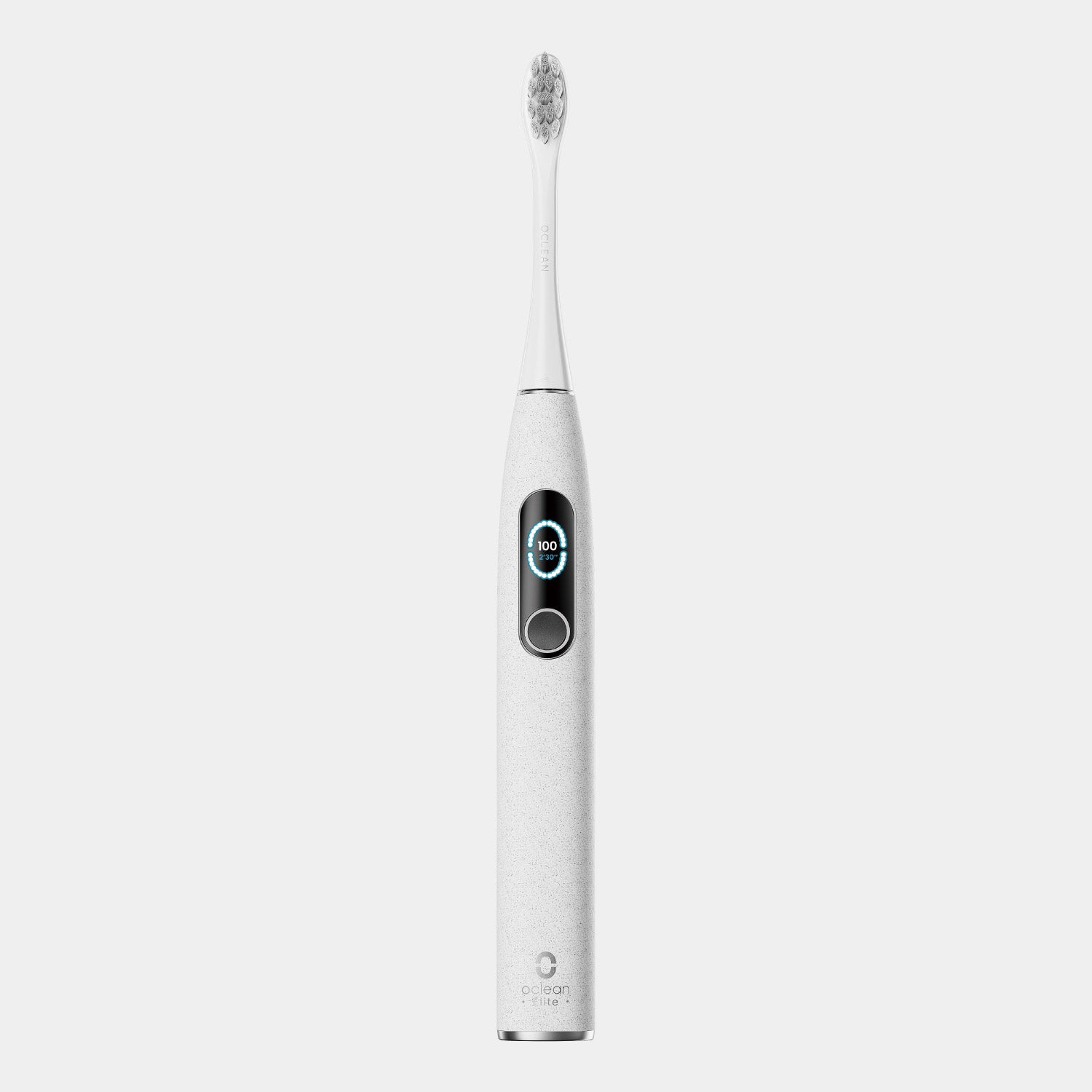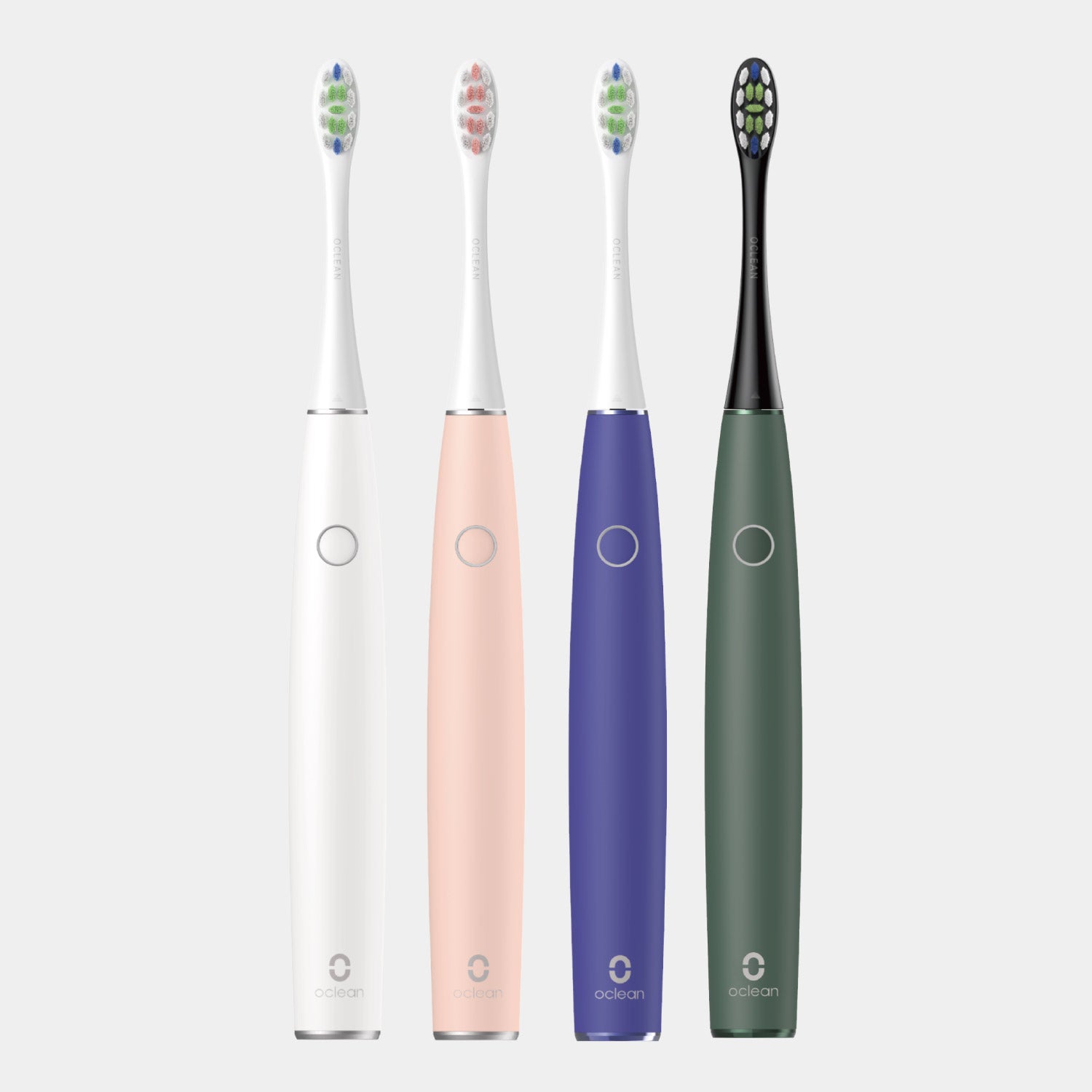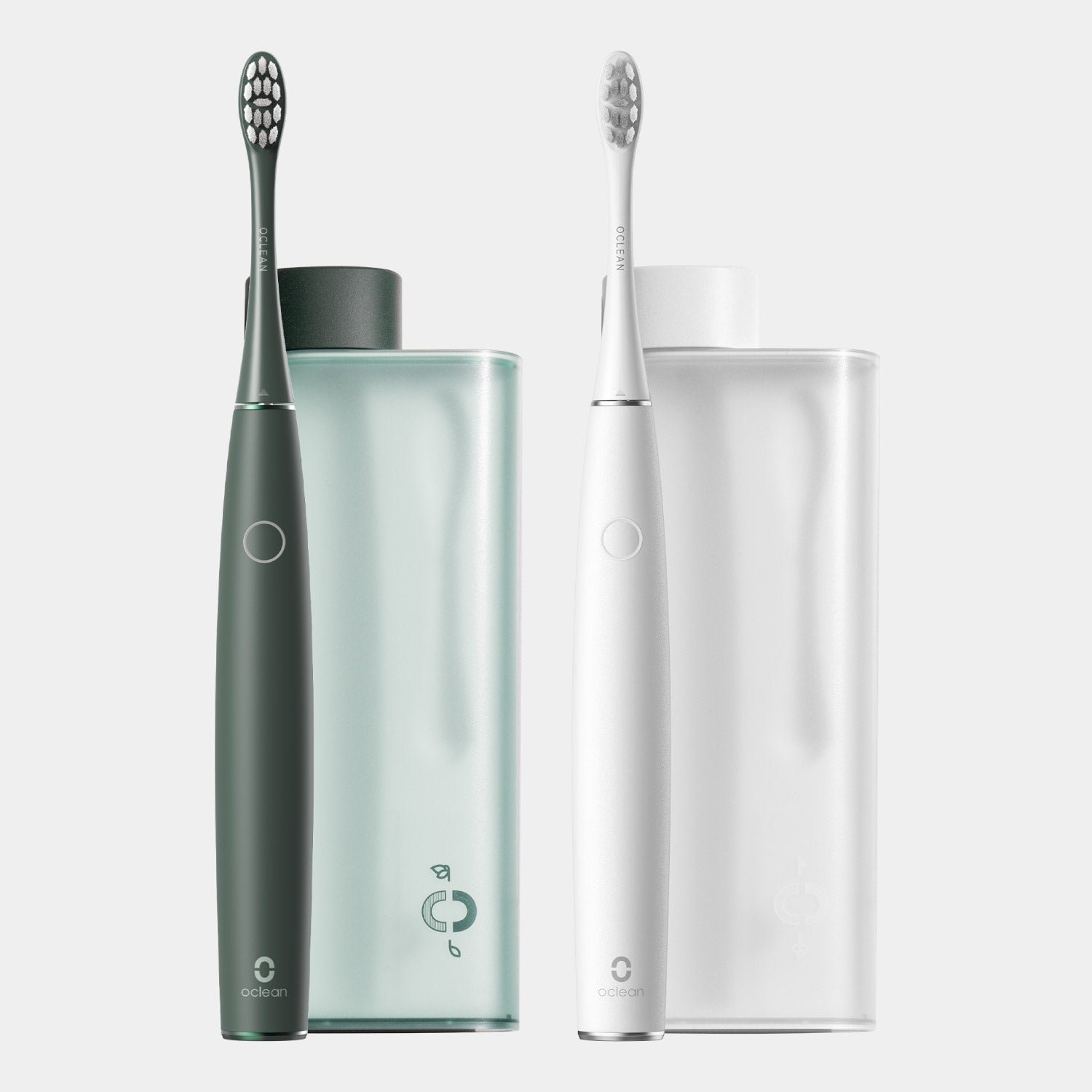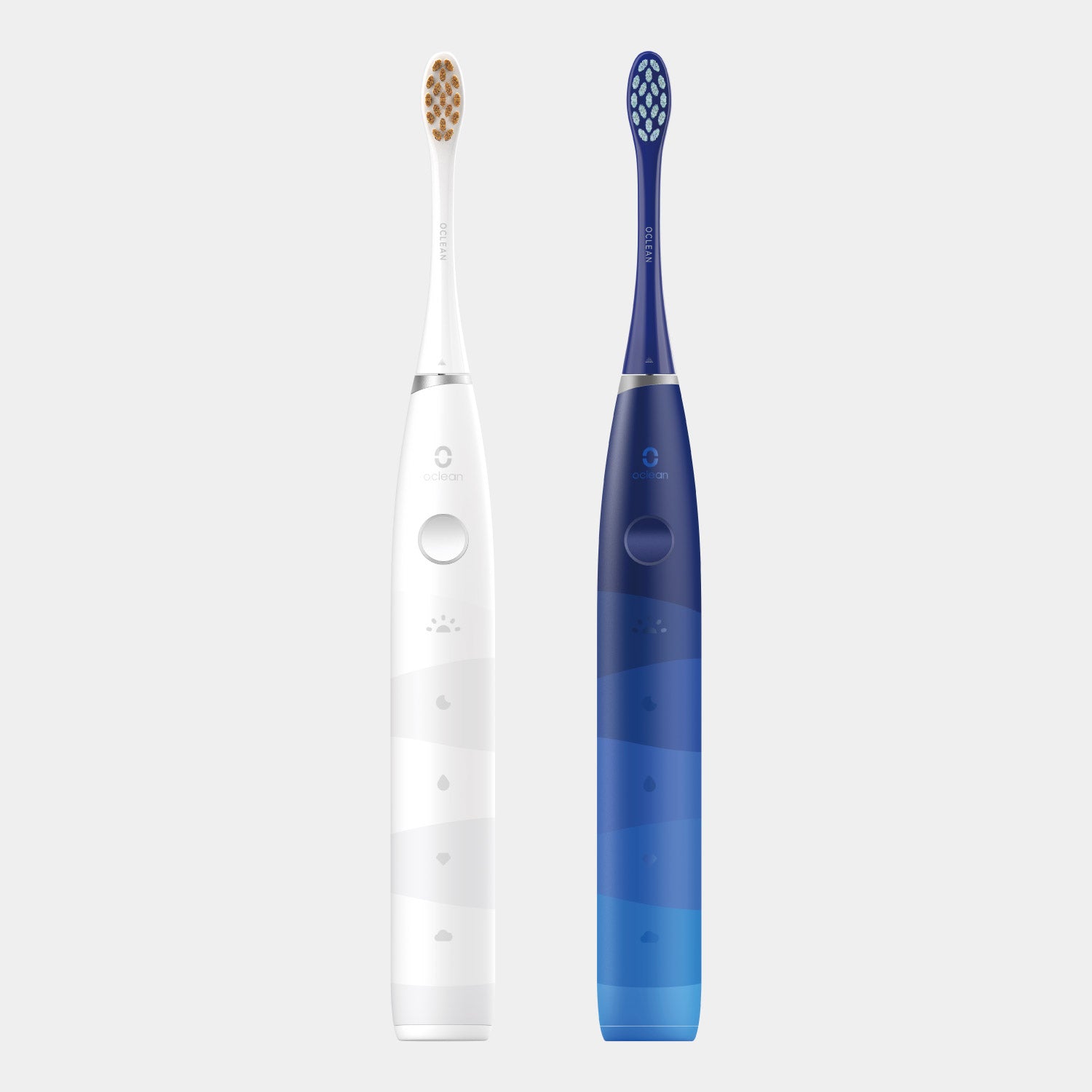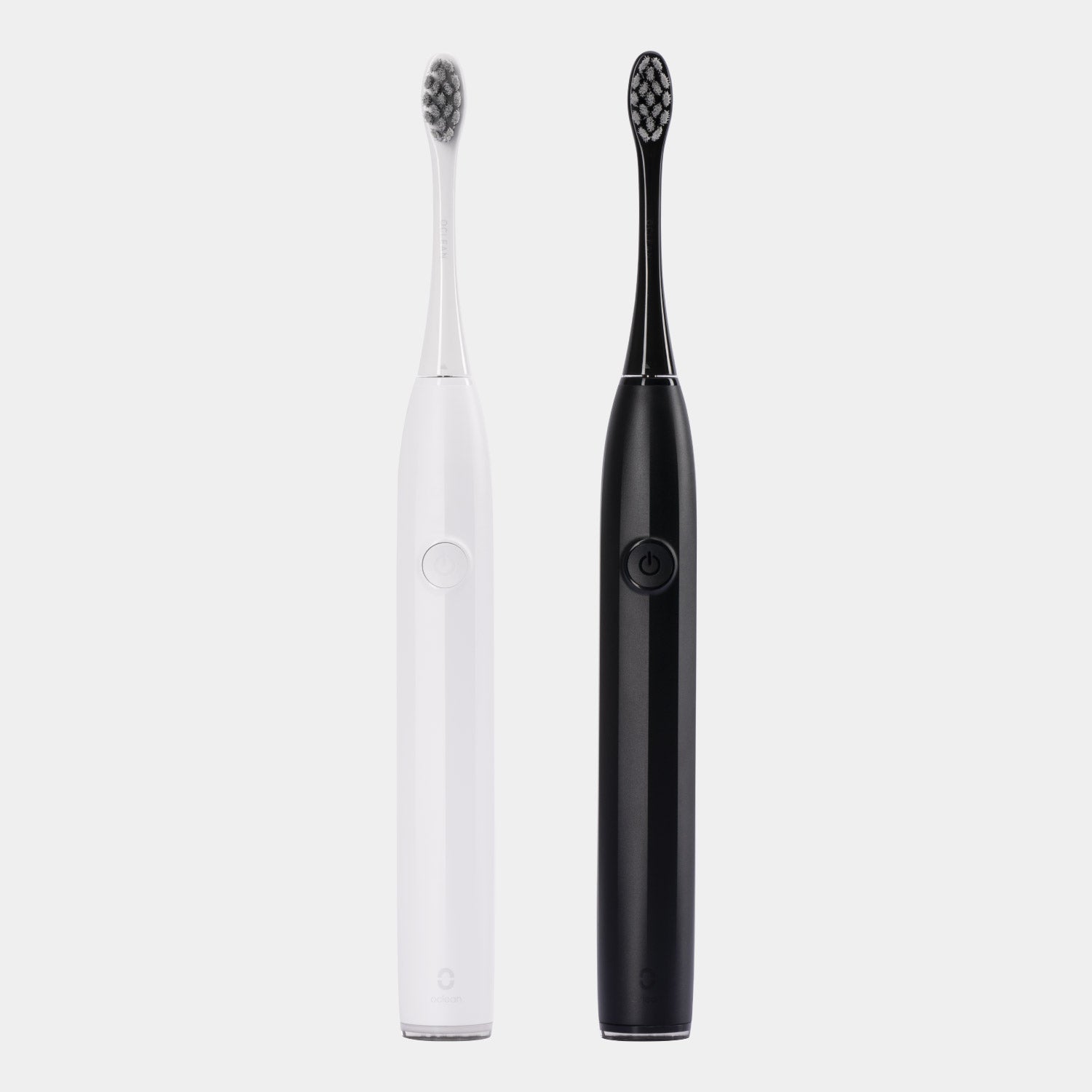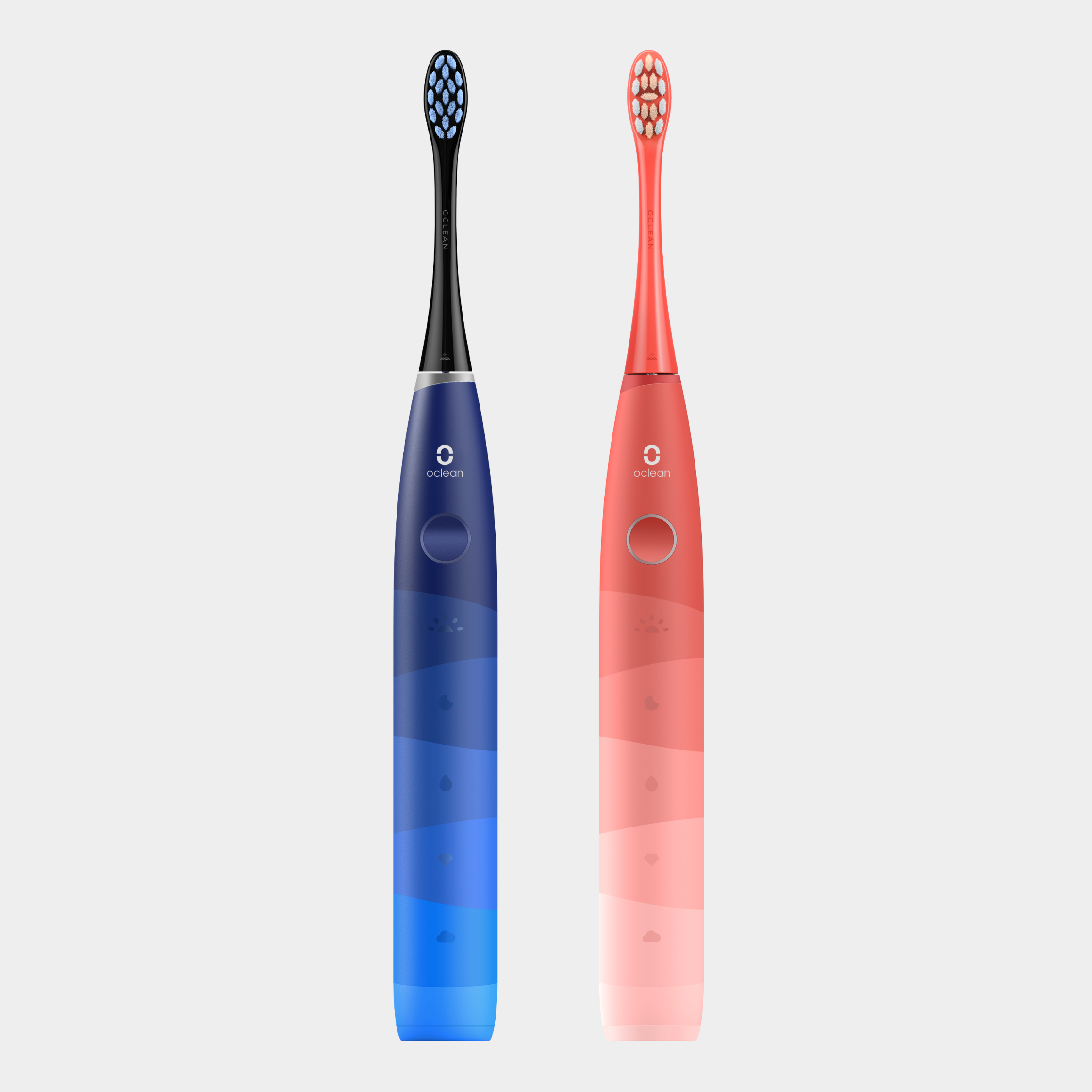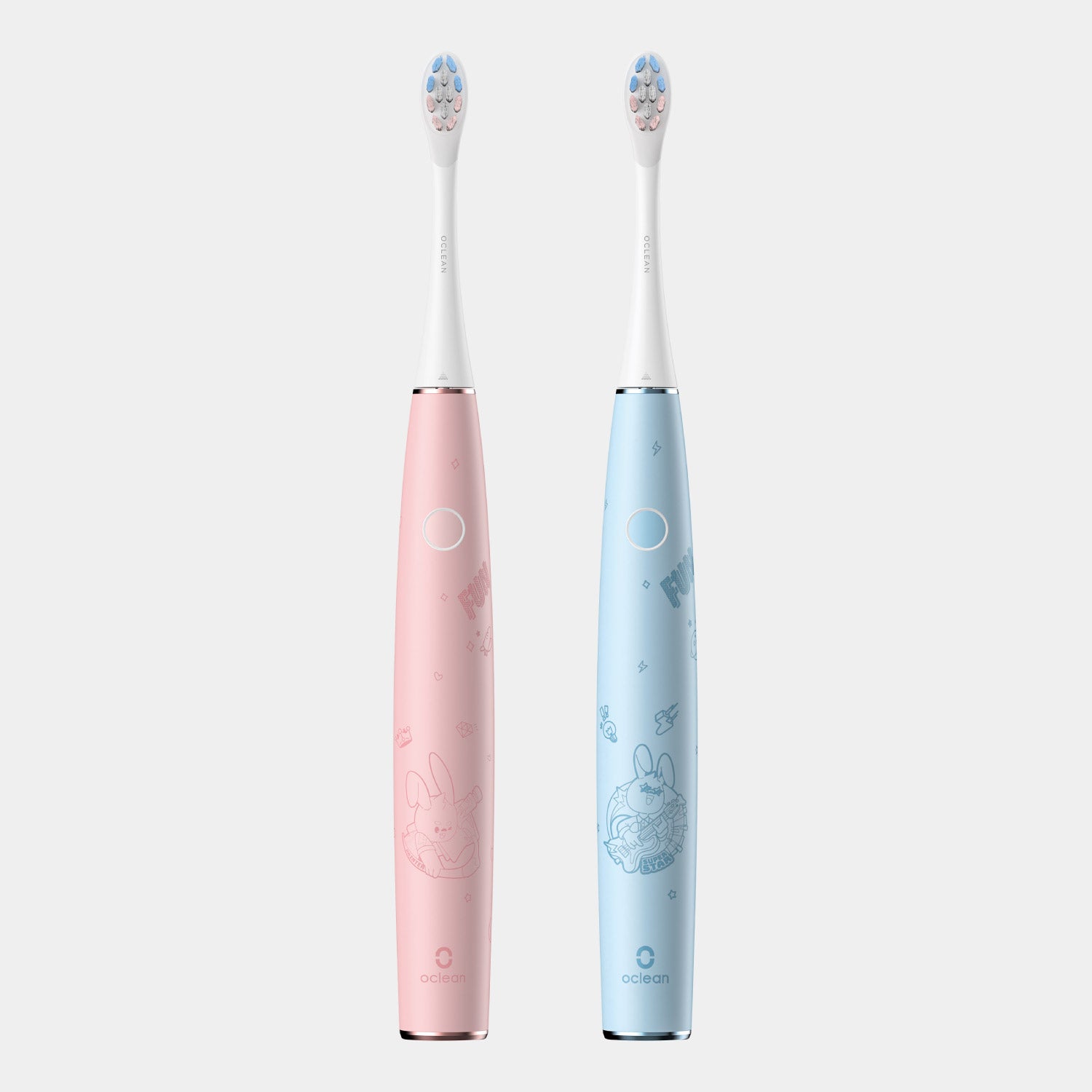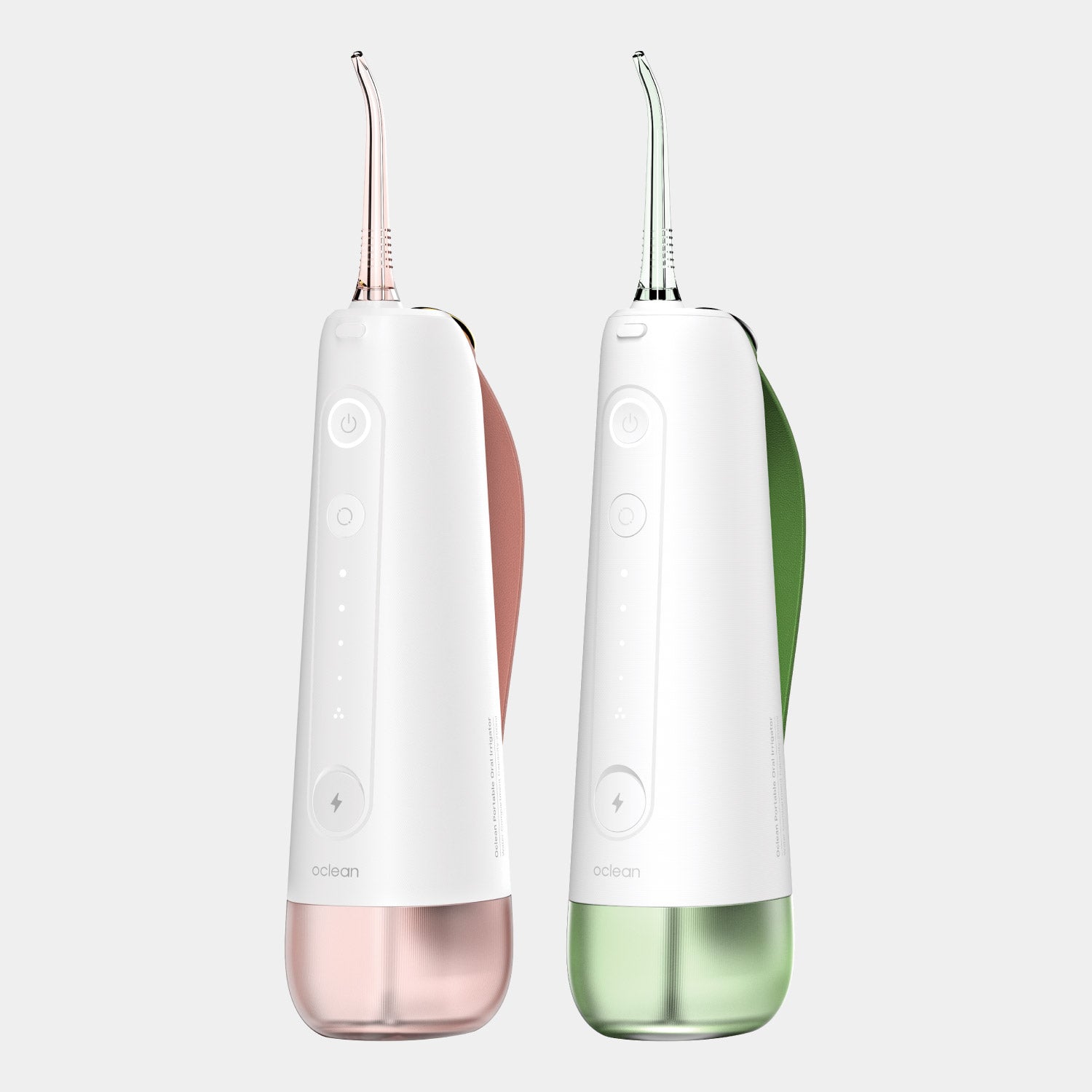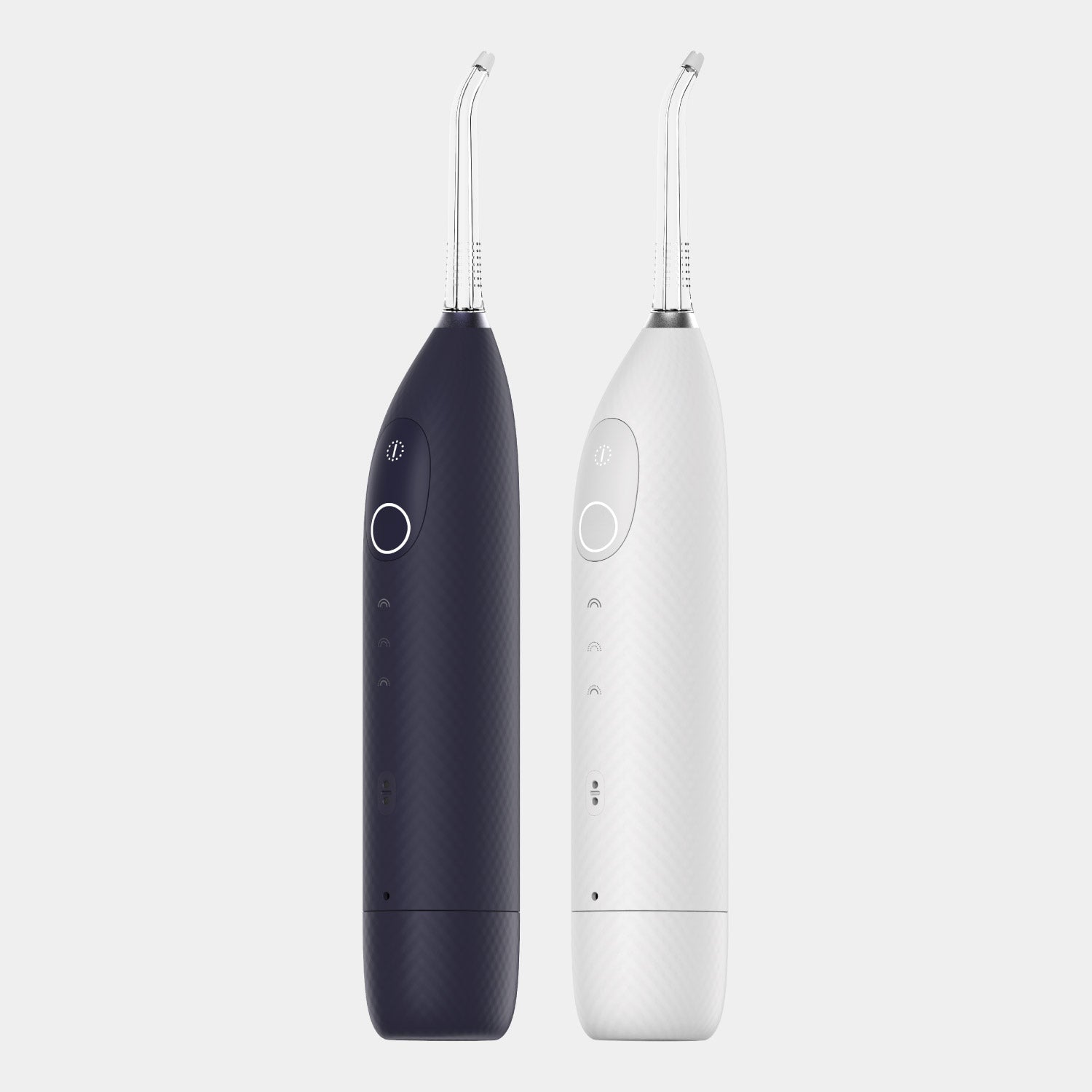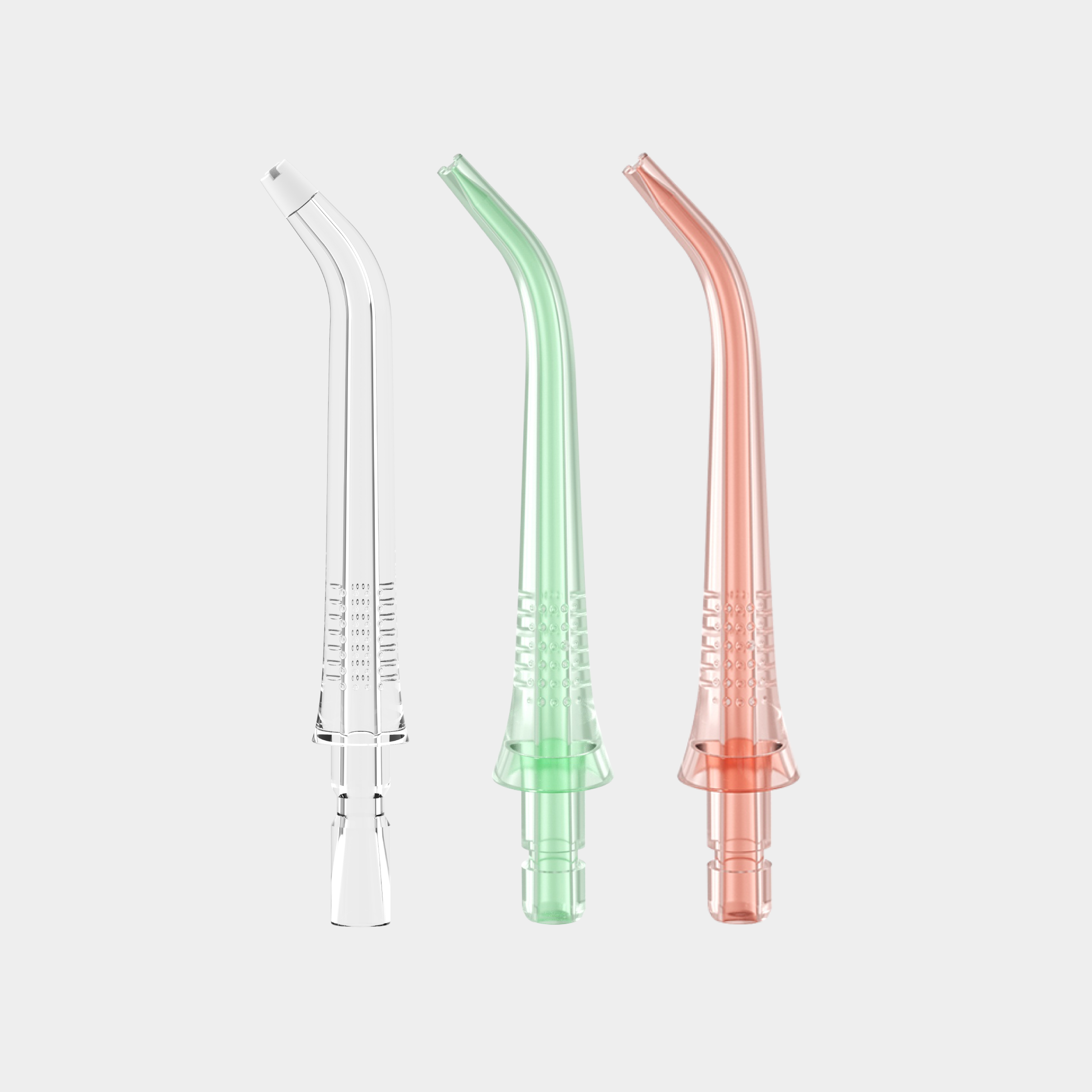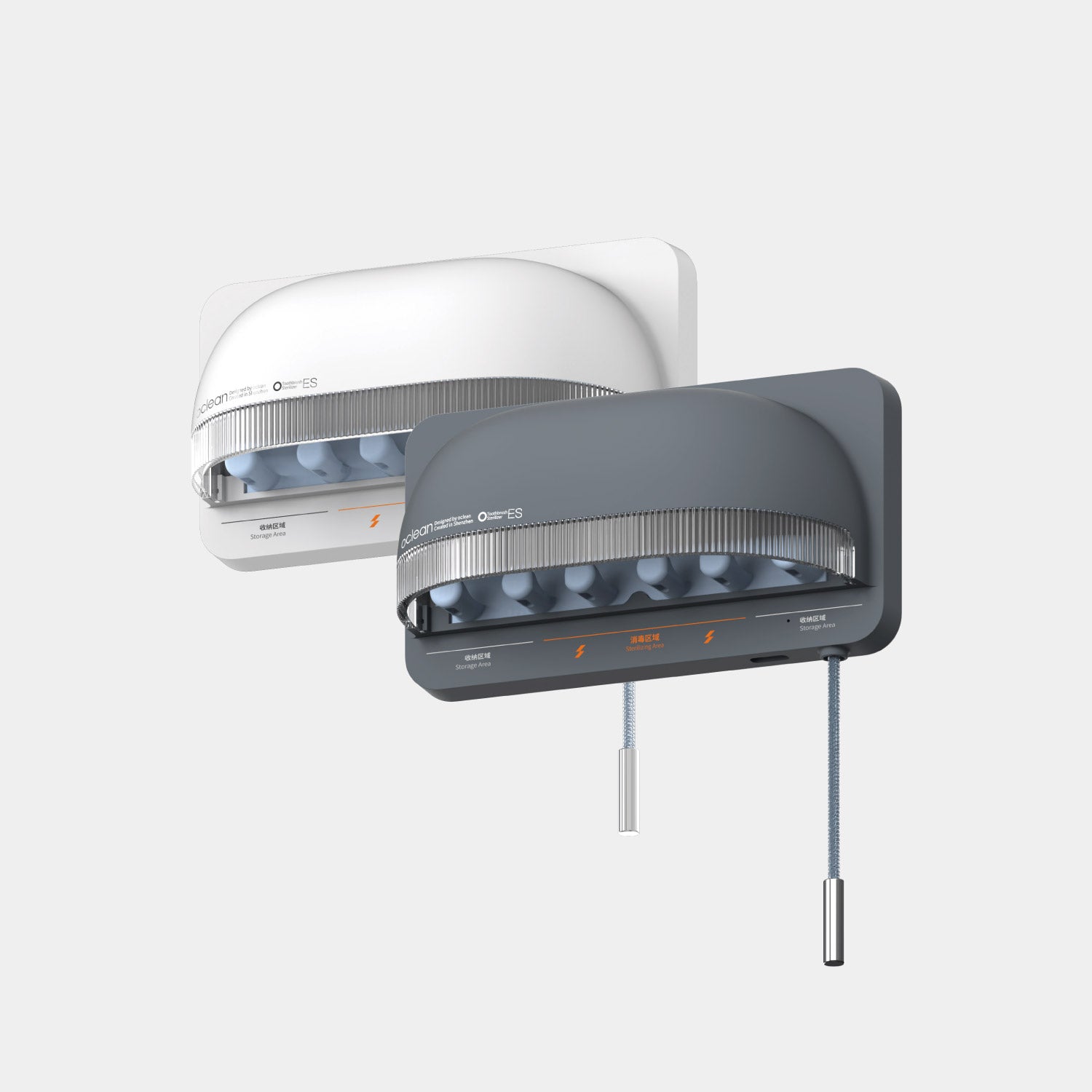While your teeth might look like bones, they have distinct differences that make them one-of-a-kind organs in your body. The main misconception comes from the fact that they both contain calcium and are similar in color to our eyes. However, there is a lot of interesting science happening behind these structures. Stay tuned to find them out.

What Are Bones Made Of?
Although bones appear to be stiff structures, they are living tissues with elements that make them strong but also flexible to withstand your body and daily physical activity. They are made up from collagen that serves as a mesh or framework and calcium phosphate that fills the entire structure in a honeycomb pattern. Besides, they can change and regenerate, allowing you to grow and heal when they get fractured.
Another crucial part of the bone’s structure is the marrow, which is the inner part inside large bones in charge of producing blood cells.
What Are Teeth Made Of?
Unlike bones, your teeth are complex and diverse tissues. They are composed of four distinct layers, each with a specific function and cells:
● Enamel: It is the hardest tissue in the human body, responsible for protecting your teeth from wear and tear.
● Dentin: It is the layer beneath the enamel, which is a softer, yellowish layer that supports the enamel and absorbs pressure when you chew. This structure also provides sensitivity and gives teeth their characteristic white color.
● Pulp: It is the most inner layer, located at the core of each tooth. It consists of a soft tissue containing blood vessels, collagen, and nerves that allow your teeth to feel and nourish themselves.
● Cementum: It covers the root of the tooth, anchoring it to the jawbone through the periodontal ligament and allowing it to resist and adapt to the bite forces.

Are Teeth Organs?
While teeth can’t be technically classified as organs, they cannot be called bones either. Your teeth are specialized hardened tissues made for chewing and breaking down food. They do not serve a structural purpose like bones but have multiple functions related to nutrition, speech, digestion, and breading.
Unlike your bones, teeth don’t have marrow. As a result, they cannot repair themselves like bones do when they break or suffer damage. Therefore, although your teeth do have some minor repairing abilities in their dentin, they are more vulnerable and susceptible to damage.
Are Teeth Stronger Than Bones?
As we stated before, tooth enamel is the hardest tissue in your body, much harder than bones or any other substance. However, they cannot regenerate or heal after being damaged and are prone to their most menacing enemy—demineralization.
What is Demineralization?
Demineralization is the slow process where your teeth start losing minerals due to the acids made by bacteria in your mouth. It is the main cause of cavities, erosion, and decay, leading to multiple complex and expensive dental issues and conditions.
Similarly to bones, your teeth also require calcium and other minerals to maintain a strong structure and prevent demineralization and damage, making proper oral hygiene and balanced diets essential for keeping your teeth in top shape.
Best Practices to Keep Your Teeth Healthy
Having a healthy and strong, mineralized tooth structure makes your teeth almost unbreakable—at least by human diet standards. However, they require consistent care and attention. Here are some simple tips to keep your teeth healthy:
● Brush At Least Twice Daily: Use a 1450 ppm fluoride toothpaste to strengthen enamel and prevent cavities.
●Floss Regularly: Even the most perfect brushing technique cannot eliminate plaque between your teeth. That’s where flossing comes in. It removes plaque and food particles from areas your toothbrush can’t reach.
● Choose the Right Toothbrush: Sonic toothbrushes, like the Oclean X Pro Elite, are designed to remove plaque effectively and effortlessly, improving gum health and offering customizable brushing modes for a thorough clean.
●Use The Appropriate Technique: If you opt for a manual toothbrush, use the correct technique, tilting your brush at 45 degrees toward your gums and making short strokes in multiple directions.
●Visit Your Dentist: Schedule and attend regular check-ups and cleanings to remove any tartar or plaque and catch potential issues early.
●Keep a Balanced Diet: Reducing processed sugar consumption can also significantly decrease the risk of cavities by keeping the demineralization process at bay.

How to Prevent Damage and Wear
Choosing between a traditional or mechanical toothbrush can be a challenge. However, here are some key factors to consider:
● Sonic toothbrushes, such as the Oclean X Pro Elite, are game-changers when it comes to comfort and effectiveness.
●Unlike traditional toothbrushes that rely on dexterity and technique, sonic toothbrushes use high-frequency vibrations to remove plaque more effectively, reducing the risk of cavities and gum disease.
● While it can be hard to track your process and efficiency with conventional manual toothbrushes, the Oclean X Pro Elite offers features like smart tracking and customizable modes, ensuring your brushing routine is both efficient and enjoyable.
Summary
Your teeth might not be bones or organs, but they are not invincible either. By understanding what they are made of and the main differences with bone tissues, you can appreciate their unique features and know how to care for them.
The beginning of a more healthy smile starts with the appropriate hygiene routine with the correct tools and materials—such as sonic electric toothbrushes—, mixed with a balanced diet and regular visits to your dentist.
References
1. Thomassen, T. M. J. A., Van der Weijden, F. G. A., & Slot, D. E. (2022). The efficacy of powered toothbrushes: A systematic review and network meta-analysis. International journal of dental hygiene, 20(1), 3–17. https://doi.org/10.1111/idh.12563
2. Arola, D. D., Gao, S., Zhang, H., & Masri, R. (2017). The Tooth: Its Structure and Properties. Dental clinics of North America, 61(4), 651–668. https://doi.org/10.1016/j.cden.2017.05.001
3. Beniash, E., Stifler, C. A., Sun, C. Y., Jung, G. S., Qin, Z., Buehler, M. J., & Gilbert, P. U. P. A. (2019). The hidden structure of human enamel. Nature communications, 10(1), 4383. https://doi.org/10.1038/s41467-019-12185-7
4. Moynihan, P., & Petersen, P. E. (2004). Diet, nutrition and the prevention of dental diseases. Public health nutrition, 7(1A), 201–226. https://doi.org/10.1079/phn2003589
5. Abou Neel, E. A., Aljabo, A., Strange, A., Ibrahim, S., Coathup, M., Young, A. M., Bozec, L., & Mudera, V. (2016). Demineralization-remineralization dynamics in teeth and bone. International journal of nanomedicine, 11, 4743–4763. https://doi.org/10.2147/IJN.S107624



